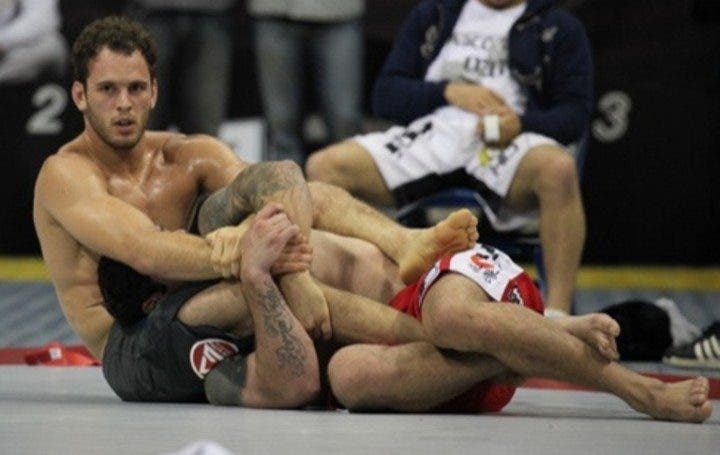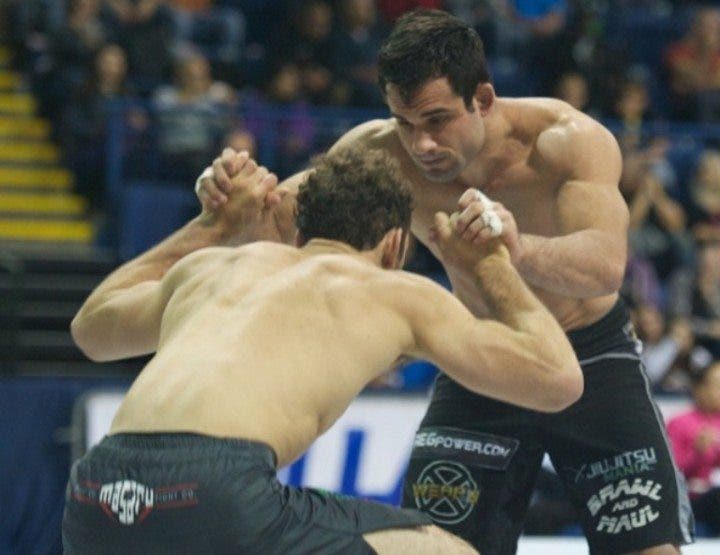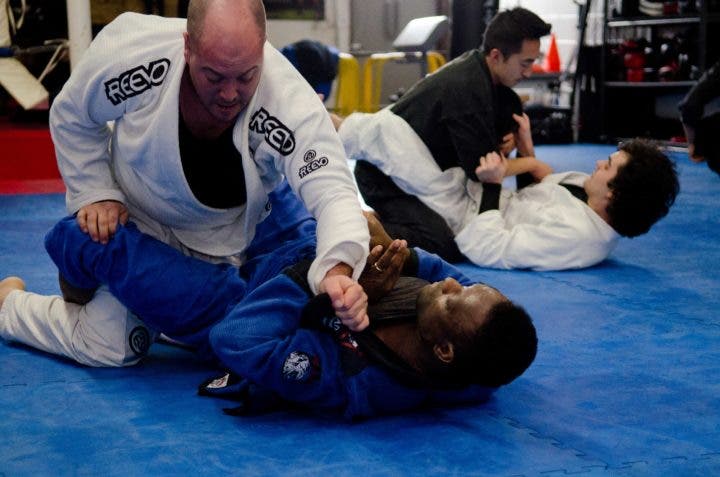While the concept of strength in training is a vast concept, being able to say without fear of being wrong that it is undoubtedly the most explored of motor skills through countless studies and experiments, we are going to try to give basic information that can be used by any competitor. or bjj coach, respectively, on the basic concepts of strength and their most suitable performance in relation to this sport.
There are a number of different definitions of force . For us, the most comprehensive and acceptable would be: the ability to generate intramuscular tension in the face of resistance, regardless of whether or not movement is generated.

What main types of force are there?
1. Explosive force
The ability to achieve the maximum muscle contraction in the shortest possible time.
2. Force speed
The ability of an athlete to execute one or more movements at high speed with little or a lot of resistance (for some authors this definition is also valid for explosive force)
3. Repetitive force
(strength endurance, muscular endurance). The ability of an athlete to perform with great strength over a long period of time.
4. Maximum force
The maximum force that can be exerted in a voluntary muscle contraction.
What more categories can force be divided into?
An important division to always keep in mind is:
- Absolute strength (maximum weight an athlete can handle)
- Relative strength (the relationship between the weight handled and the weight of the athlete)
In addition to these different definitions of force, we will also have to mention the different muscle contractions:
- Concentric: the muscular force is greater than the external force to the same, the muscle shortens.
- Eccentric: the muscular force is less than the external force to the same, the muscle lengthens.
- Isometric : the muscular force is equal to the external force of the same, there is therefore neither shortening nor elongation of the muscle. There is therefore no change in muscle length, although muscle tone is elevated.

Force applied to sports performance
When we talk about sports performance or strength training applied to a specific sport, we always talk about the rule (with exceptions) of “train a movement, not a muscle.” In this way, we will also find rules when it comes to strength training specific to a particular sport. These are:
1. Type of force
Strength gains come from the type of strength we train; For example, if your goal is to improve your technique by doing knockdowns, you should train your explosive strength, because it is the type of strength required in these types of movements.
2. Muscles involved in exercise
You need to strengthen the muscles involved in the exercise or technique that you need or want to improve. In the case of takedowns, it would be the legs, core, neck and partially the arms and chest.
3. Types of muscle contraction
You should take into account what type of muscle contraction is carried out in certain techniques or movements. In a control position on the ground with an opponent face up that you want to hold tightly against the ground, you will have to work the isometric contractions.
4. The range of motion
The maximum point of the increase of force usually corresponds in the extension in which you carry out the movement; Try to develop maximum strength in the range or range of motion related to the exercise or technique in question. Returning to takedowns, if your technique is not very good, powerful or correct, you should work movements such as the deep squat or lunges in their full range of motion to gain power in this range.

5. Speed of muscle contractions
If your sport is dominated by fast movements, you should practice all your movements in the same way. Takedowns are fast movements that require, to a large extent, to surprise the opponent, in which the body must change levels quickly.
Squats with our own weight or lunges with our own weight also executed in a fast and explosive way would be more appropriate than lifting our maximum repetition at a slow speed to train these types of movements.
6. The specificity of the movement
Perhaps the most important facet of all. Each exercise has a specific movement and force structure that increases or decreases the final result of the exercise. A correct takedown depends on correct timing, an explosive lowering of levels and an explosive execution of a squat lift, in addition to a precise grip and a correct body alignment of the upper body with the lower body.
This is why we must always train and look for movements that are the closest to the technique we are trying to execute so that there is a greater transfer from the exercise in particular to the result in our sport in question.
Conclution
Most people when they hear the word “strength” will automatically think of the gym and lifting weights. But, in addition to weights and machines, there are a multitude of resources and exercises to develop different types of strength, which, as we have seen in this article, are better adapted to the needs and specialties of each sport in question.
We can say that the rule of specificity is the most important. Although a large number of scientists advocate the theory that no specific or preparatory exercise can replace general muscular work, anyone who has competed in any sport can appreciate that this is not the case.
A general muscular work, where the muscular isolation, the slow speed of execution of the exercises, the great pauses between series and especially the little relationship between the exercise performed and the sport practiced, are not a winning bet in the face of an efficient physical preparation and related to the sport in which we are going to compete.
Always focusing on arriving in our 1RM is not a job that has any transfer in terms of speed, explosiveness and above all, strength-resistance , basic factors to develop on the other hand in a sport like Brazilian Jiu Jitsu.
Therefore, general strength training is an excellent addition to a general training regimen, as long as the principle of specificity is respected.
